Early Bird
Deadline
January 31, 2026
Judging
Date
May 18, 2026
Winners
Announced
June 10, 2026
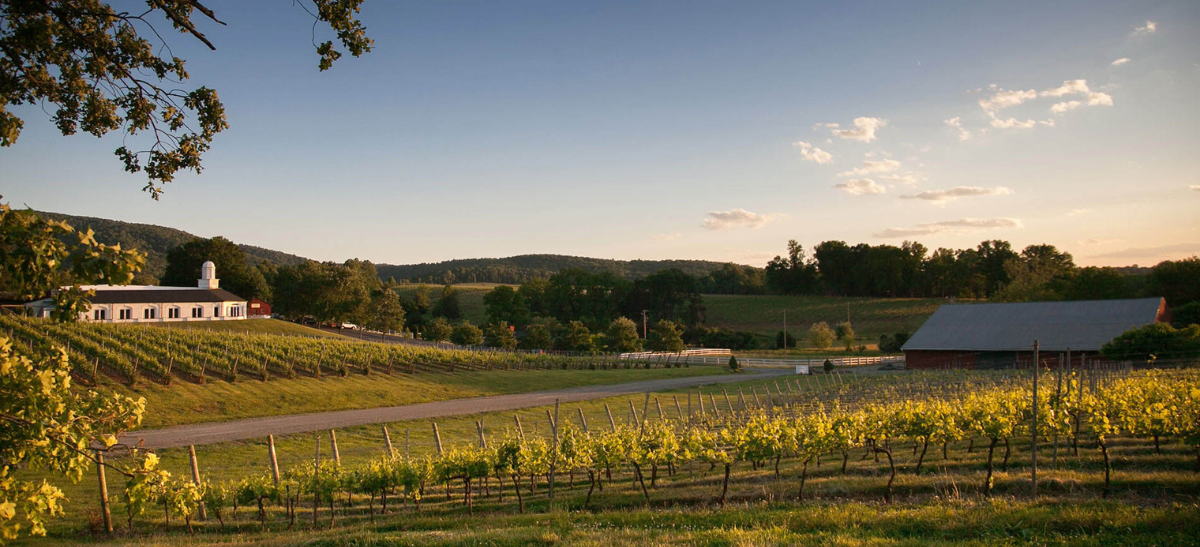
In the dynamic landscape of American wine, the allure of lesser-known appellations is capturing the imagination of sommeliers seeking new narratives and undiscovered terroirs. Beyond the customary domains of Napa and Sonoma lie several emerging, up-and-coming wine regions, each with a unique story and promise. This article briefly defines eight burgeoning US wine regions, shedding light on their distinctiveness and why they're ascending as sought-after appellations. Some are better known, others hardly at all.
Winery Example: Hermann J. Wiemer Vineyard
The Finger Lakes, acclaimed for its cool climate, is becoming a beacon for Riesling and Gewürztraminer. This region’s rising acclaim owes itself to its unique microclimate, with the cool breezes from the lakes nurturing exceptional acidity and complex flavors in the grapes. Hermann J. Wiemer Vineyard exemplifies this, pioneering Riesling production and spotlighting the region's potential.
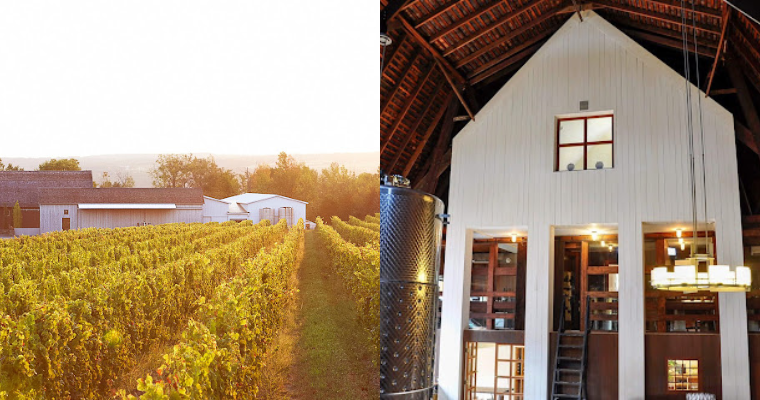
Image - Wiemer Vineyard; Source: Hermann J. Wiemer Vineyard
Winery Example: Brooks Winery
Oregon's Willamette Valley is on the ascent due to its diversified microclimates and sustainable viticulture. The region’s commitment to eco-friendly practices and its ideal conditions for Pinot Noir cultivation have propelled it into the limelight. Brooks Winery shines here, reflecting the Valley's terroir intricacies in their meticulously crafted Pinot Noirs.
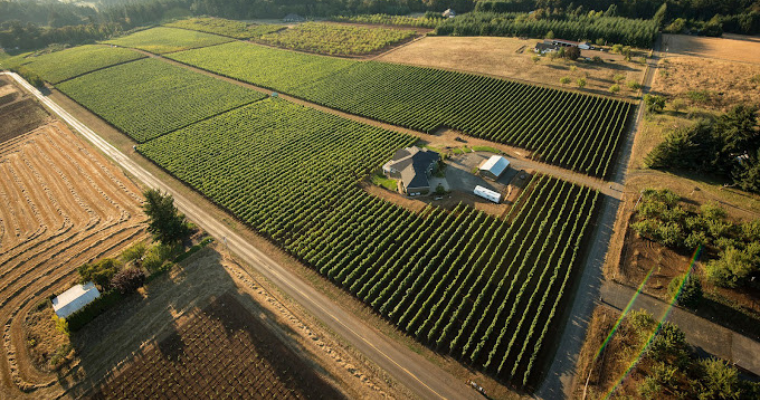
Image: Willamette Valley, Oregon; Source - Brooks Winery
Winery Example: William Chris Vineyards
The Texas Hill Country emerges as a winemaking destination owing to its diverse soils and elevation changes, contributing to the region's varietal diversity and winemaking experimentation. William Chris Vineyards stands out for its dedication to showcasing the region's unique qualities through Mourvèdre and Tempranillo, igniting interest in Texas wines.
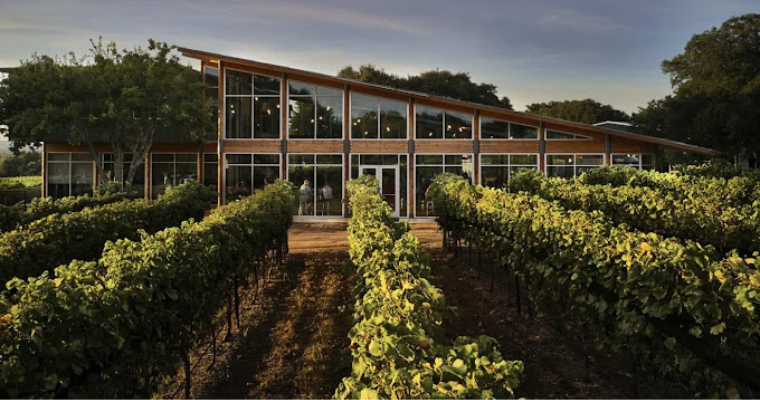
Image: William Chris Vineyards
Winery Example: Colterris Winery
Colorado's Palisade region, characterized by high altitudes and sunny days, is garnering attention for its viticultural potential. Colterris Winery capitalizes on this by producing Bordeaux-style blends, leveraging the region's distinct terroir and elevating Colorado's winemaking stature.
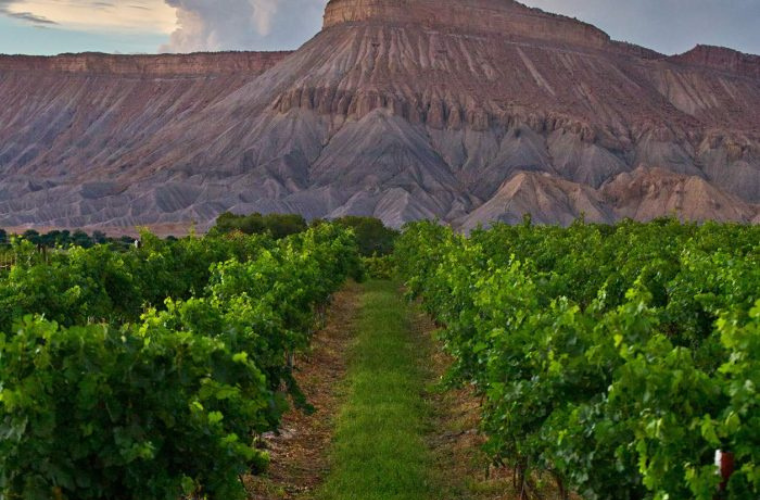
Image: Colorado's Palisade region; Source: Colterris Winery
Winery Example: Shady Lane Cellars
Michigan's Leelanau Peninsula, despite its cool climate, has gained recognition for its quality grape production. The region’s potential for cool-climate varietals like Riesling and Pinot Noir is being realized by wineries like Shady Lane Cellars, signaling a new frontier for American cool-climate wines.
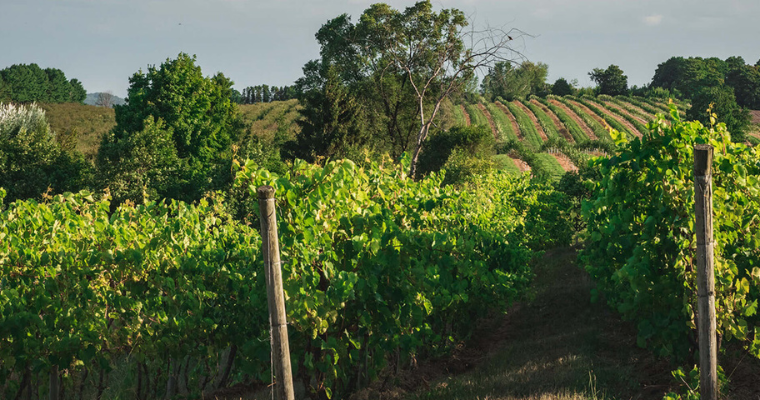
Image: Leelanau Peninsula, Michigan; Source: Shady Lane Cellars
Winery Example: Bokisch Vineyards
Lodi, often overshadowed by its Californian counterparts, is carving its niche by championing Spanish varietals due to its Mediterranean-like climate. Bokisch Vineyards leads this charge, highlighting the region’s potential with Albariño and Tempranillo, diversifying California's wine offerings.
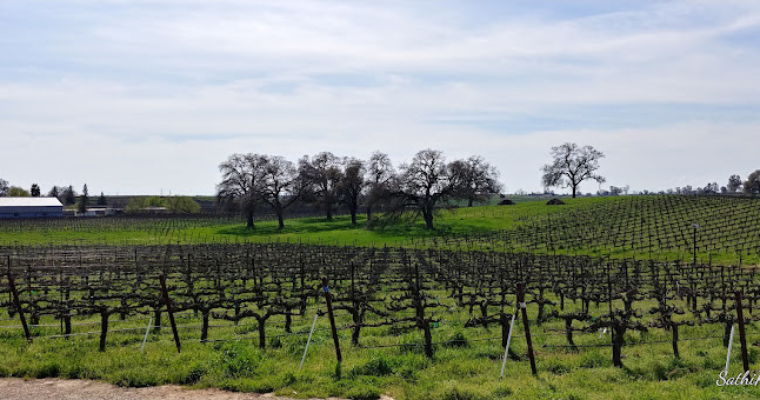
Image Source: Bokisch Vineyards
Winery Example: Barboursville Vineyards
Virginia’s wine scene is on the rise, particularly in the idyllic countryside, thanks to its historical legacy and diverse terroirs. Barboursville Vineyards, with its historical estate and focus on Italian varietals like Nebbiolo and Vermentino, is instrumental in redefining Virginia's winemaking reputation.
Winery Example: Cinder Wines
Idaho's Snake River Valley showcases an unexpected wine-growing potential in its high desert climate. Cinder Wines captures this distinctiveness with varietals like Viognier and Syrah, hinting at the region’s emergence as a winemaking frontier.
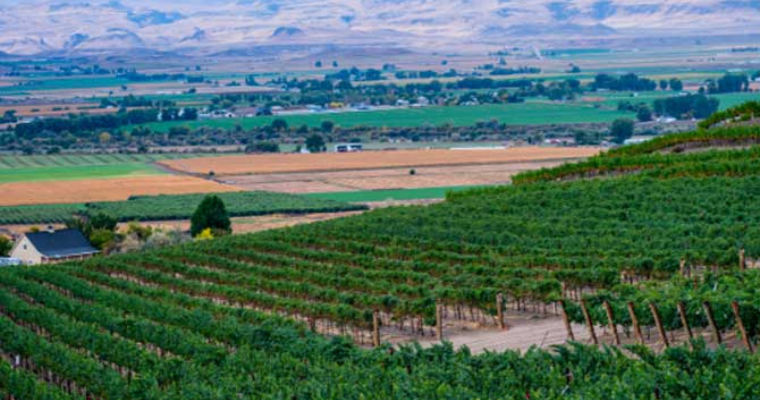
Image: Snake River Valley, Idaho; Source: Cinder Wines
These up-and-coming US wine regions present captivating narratives, propelled by distinct terroirs and a pioneering spirit that challenges the status quo.
The emergence and ascent of these lesser-known US wine regions signify a profound shift in the landscape of the American wine industry, which is seeing substantial consolidation involving large companies. Their rise introduces a diversification that challenges the traditional dominance of established regions, fostering a broader representation of terroirs and grape varietals across the nation. This expansion not only offers sommeliers and enthusiasts an array of new tasting experiences but also amplifies the narrative of American winemaking. It prompts a redefinition of the country's viticultural identity, showcasing the depth and breadth of its winemaking potential. Moreover, these regions serve as catalysts for innovation, encouraging experimentation and pushing boundaries, ultimately contributing to the overall growth, resilience, and global recognition of the US wine industry.
[[relatedPurchasesItems-61]]
For sommeliers, these appellations offer an enticing opportunity to explore uncharted territories, discover hidden gems, and become ambassadors of the innovative, burgeoning American wine scene.
Note: Header Image - Barboursville Vineyards,
Enter your Wines now and get in front of top Sommeliers, Wine Directors, and On-Premise Wine Buyers of USA.
